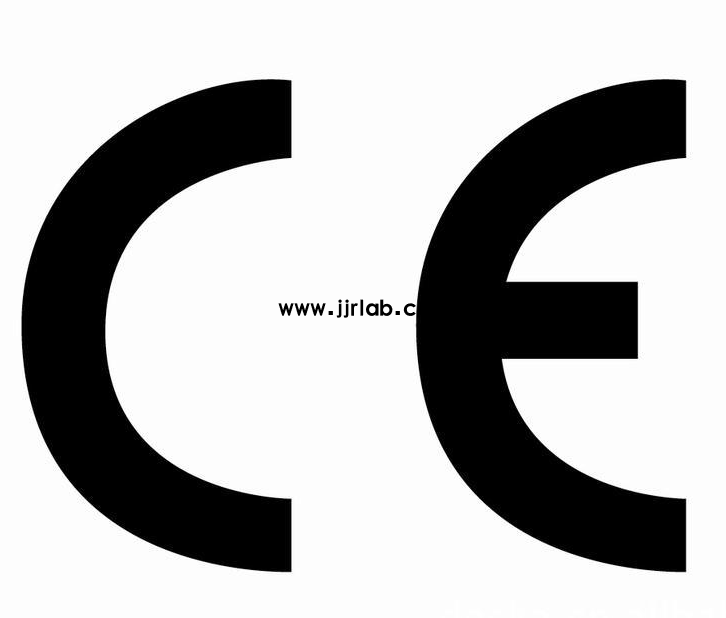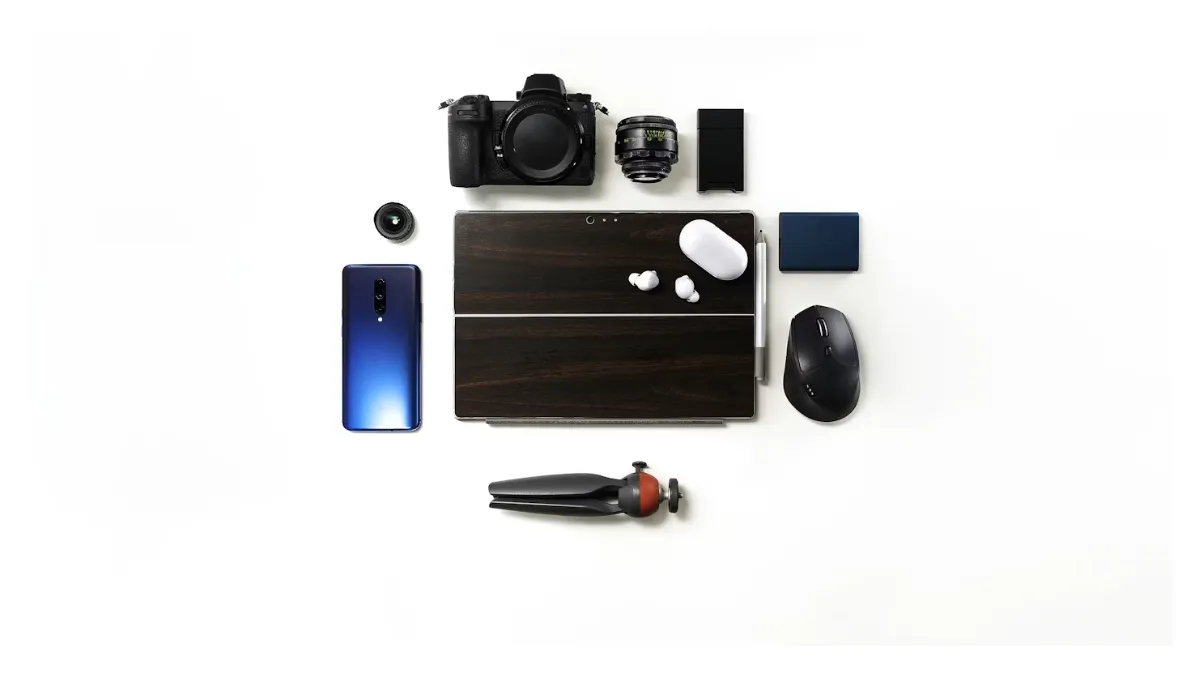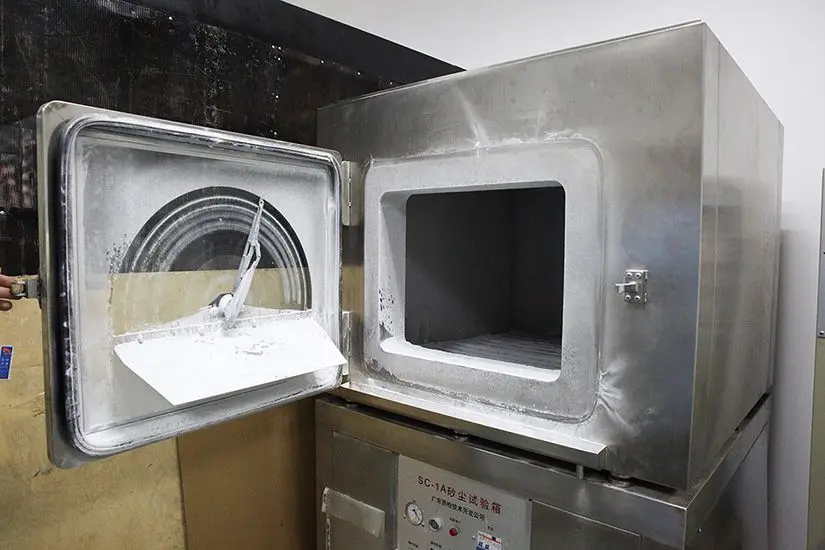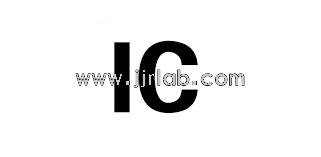
LED Luminaire Photobiological Safety IEC 62471 Compliance
With the improvement of modern living standards, people are paying increasing attention to “healthy lighting,” among which blue light hazardhas become a frequent topic of consumer discussion. Light radiation can not only negatively affect the human retina but may also harm the cornea, conjunctiva, lens, and even the skin.
Within the current research framework of photobiological safety, the objects of study are lighting products or electronic display devices.
JJR Laboratory, as a scientific research and testing organization specializing in the LED field, is dedicated to providing comprehensive photobiological safety testing services to ensure the safety and compliance of lighting products.
JJR Laboratory follows the IEC 62471 photobiological safety standardestablished by the International Electrotechnical Commission (IEC) to evaluate the potential hazards of light from luminaires to humans, animals, and plants.
This standard applies to various types of lamps, including LED luminaires, covering the fULl spectrum from ultraviolet (UV) to visible and infraRED (IR) light.

Importance of the IEC 62471 Standard
The IEC 62471 standardis a comprehensive assessment tool designed to ensure the safety of artificial light sources, including UV, visible, and IR radiation.
Through professional testing and evaluation, JJR Laboratory ensures that luminaire products do not cause excessive harm to living organisms, thereby guaranteeing biological safety.
For professional photobiological safety testing, please contact JJR Testing Consultant: 181-4899-0106.
IEC/TR 62778 Report
The IEC/TR 62778 reportfocuses on the retinal blue light hazard described in IEC 62471:2006.
This hazard is primarily caused by the blue portion of visible light.
The evaluation considers the maximum exposure time (tmax)value, which depends not only on the product itself but also on the observation distance.
Test Distance and Field of View Angle
In practical applications, the illuminance may be higher or lower than 500 lx.
The IEC/TR 62778 report recommends setting the test distance to 200 mmand measuring with a field of view angle of 0.011 radians.
The size of the field of view of the light source is related to both the size of the source and the viewing distance.
According to IEC 62471, different methods are used to calculate the tmax value based on the field of view angle.
Photobiological Safety Assessment
The IEC 62471 standard adopts a photobiological safety assessmentmethod, based on studies of the effects of light of different wavelengths on the human eyes and skin.
Light sources or optical systems are classified into four risk groups according to their level of risk:
- Exempt (No Risk)
- Low Risk
- Moderate Risk
- High Risk
JJR Laboratory provides detailed blue light hazard assessment reports, helping enterprises understand the safety classification of their products.
Applicable Standards
When evaluating the photobiological safety of LED luminaires, JJR Laboratory follows the following applicable standards:
- IEC 62471:2006Photobiological safety of lamps and lamp systems
- IEC 62471:2008Photobiological safety of lamps and lamp systems
- GB/T 20145-2006Photobiological safety of lamps and lamp systems
- IEC TR 62778:2014Application of IEC 62471 for the assessment of blue light hazard of light sources and luminaires
- IEC/EN 62471-5:2015Photobiological safety of lamps and lamp systems
Email:hello@jjrlab.com
Write your message here and send it to us
 Amazon ISO/IEC 17025 UL Testing Service Laboratory
Amazon ISO/IEC 17025 UL Testing Service Laboratory
 How to get CE Certification for Lighting Products?
How to get CE Certification for Lighting Products?
 CE Certification Standards & Process for Elect
CE Certification Standards & Process for Elect
 Japan METI Registration & Japanese Agent Servi
Japan METI Registration & Japanese Agent Servi
 Temperature Shock Test (IEC 60068-2-14:2009)
Temperature Shock Test (IEC 60068-2-14:2009)
 Electromagnetic Compatibility (EMC) Testing Servic
Electromagnetic Compatibility (EMC) Testing Servic
 Canada ISED Certification (IC Certification) Analy
Canada ISED Certification (IC Certification) Analy
 CSA C22.2 No.42 Compliance Test Report for Amazon
CSA C22.2 No.42 Compliance Test Report for Amazon
Leave us a message
24-hour online customer service at any time to respond, so that you worry!




